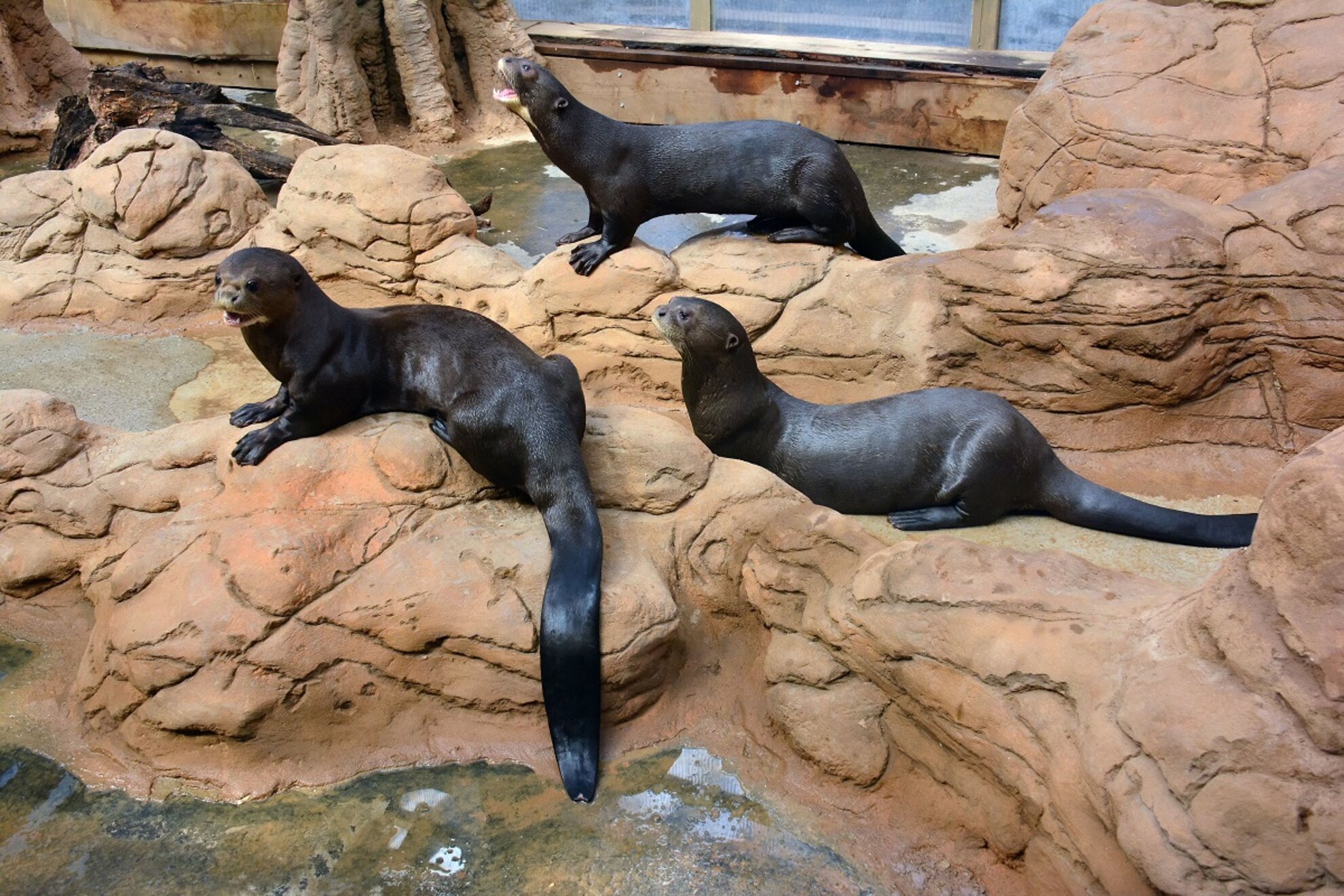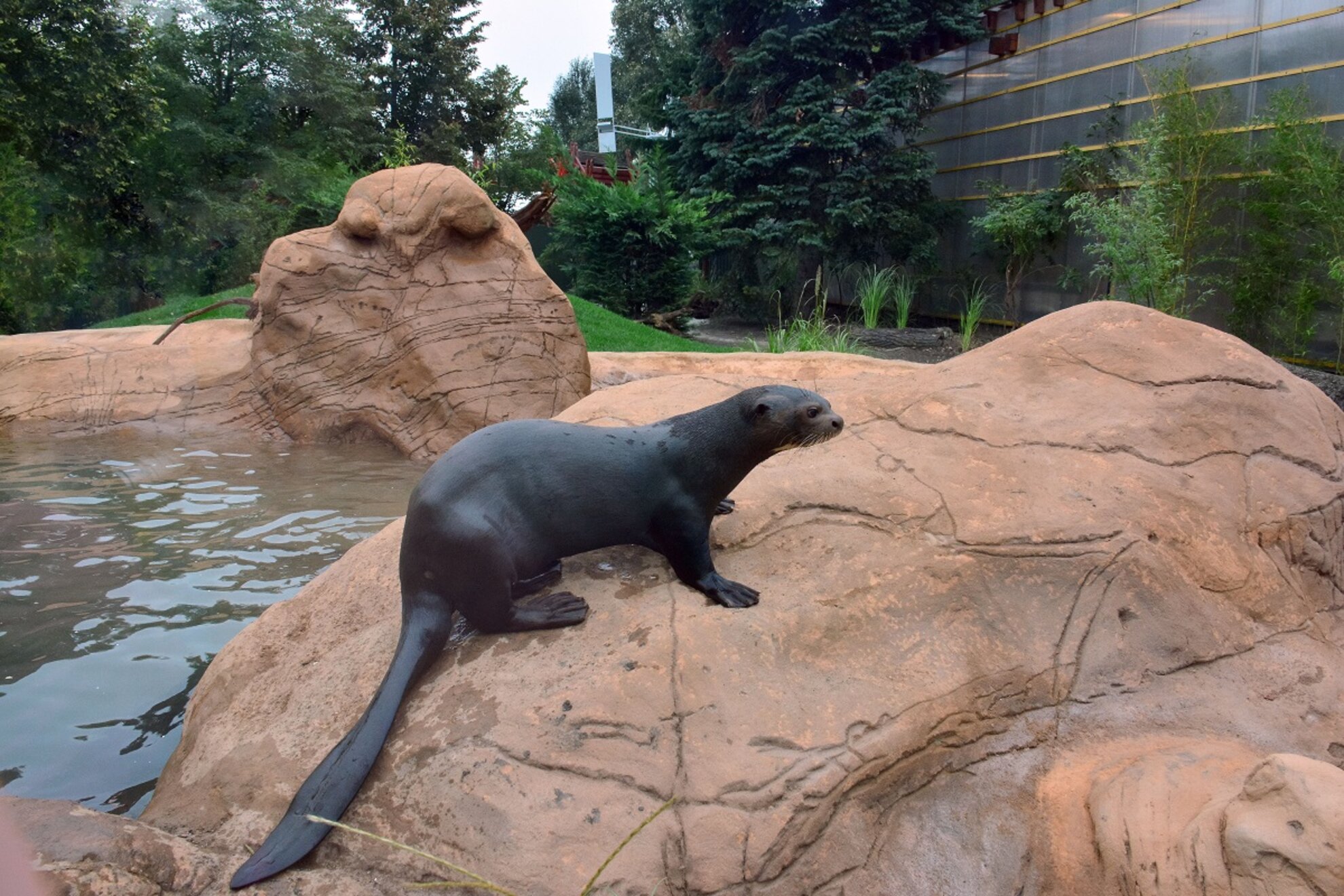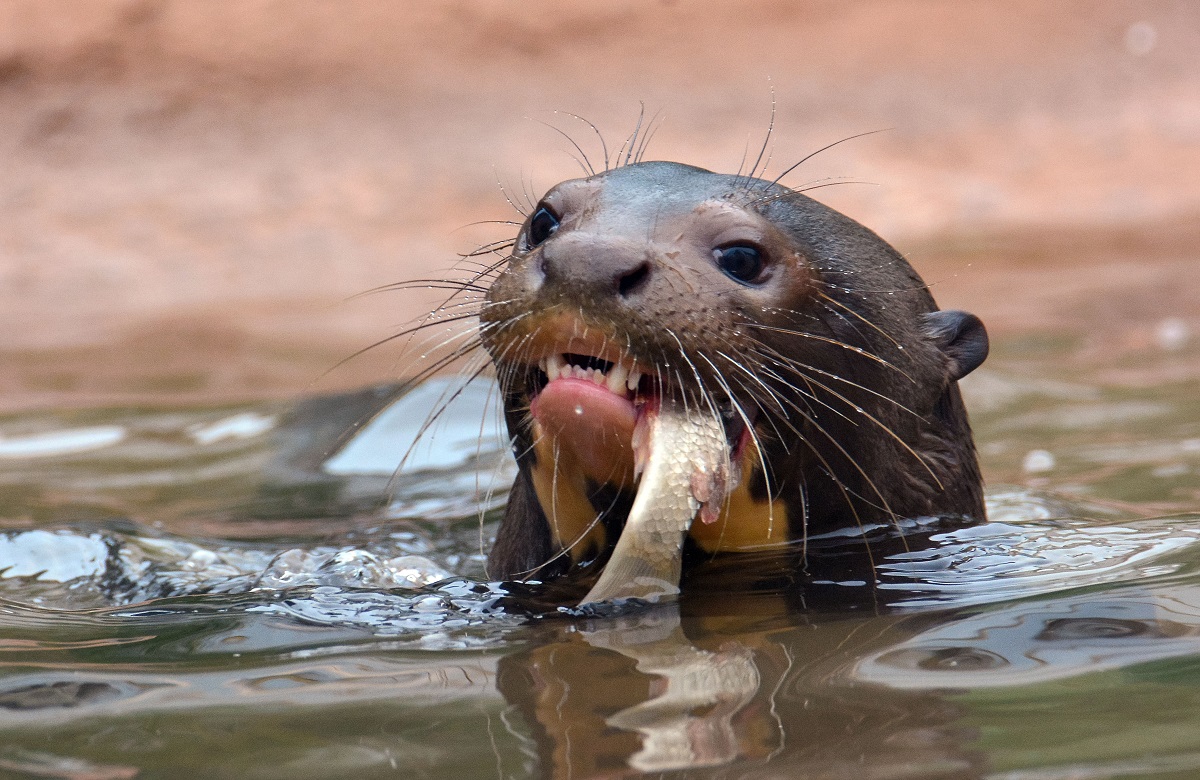The parents, Cumana and Madidi, were introduced back in autumn. Giant otters face extensive habitat loss in their natural environment, placing them on the Endangered Species list. The birth of the pups is therefore vital for conservation efforts. It is estimated that fewer than 5,000 giant otters still exist in the wild, in and around the Amazon in South America.

The births were caught on a camera installed in a purpose-built room, showing how the pups were born and subsequently cared for by the new parents. Giant otters have a pregnancy period of just over two months, with new-borns weighing an average of 200 grams. They can grow to a size of 1.8 metres.
Staff at the zoo were hopeful for a romance between the parent otters following their initial meeting in the autumn. As the zoo says on its website, it was “love at first sight”. The pups were all born healthy and happy, but there is still some anxiety, as not all pups survive the first calving.

Budapest Zoo has housed giant otters for six years, including transfers from fellow zoos in Germany and Spain. A group of otters has a number of names, including a family, a lodge, a bevy or a romp. This family, lodge, bevy and romp of otters has now grown by five, and the zoo is hopeful that the pups will continue to thrive.




